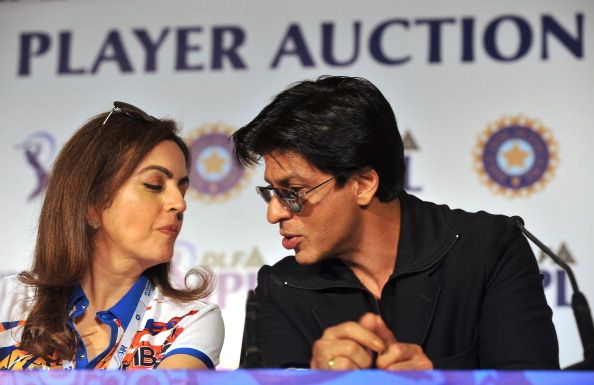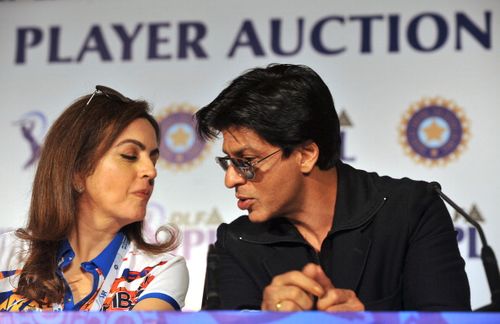
Player valuation in IPL: An insight

How does one decide the price of a player?
“This is my last IPL and this is the perfect way to end my IPL career by winning it”. This announcement from Sachin Tendulkar left few perplexed, as many people believe his best is over and that he doesn’t deserve to play in the IPL. Those with an eye for statistics, in fact, can argue that he is worse than his teammate Ambati Rayudu. The reason behind this judgment is that over the course of the entire IPL (2008-2013) Sachin was paid 3,214 USD/run whereas Ambati Rayudu was paid 155 USD/run. However, a player is bound in contract with the team before the start of the competition and his contract price is decided well in advance.
This article is written to shed some light on the various aspects involved in the calculation of a player’s value. It is neither to justify the money paid to Sachin Tendulkar nor the exorbitant prices paid for some of the other players.
Before proceeding further I would like to first mention the principle that is used to calculate the players’ price. The principle is referred to as “Hedonic Pricing”. The principle states that the price is calculated based on internal and external factors. From the players’ point of view, internal factors refer to their on-field performance and external factors amount to their off-field value in the eyes of the public. Thus,
Value = f1(internal) + f2(external),
f1(internal) = g1(experience, batting , bowling, fielding) ,
f2(external) = g2(brand value, spectators appeal) and
each sub-category earns some points multiplied by base price of the sub-category.
Based on the above-mentioned formula, a player’s value is calculated.
INTERNAL FACTORS
- Experience – Players with more experience in T20 internationals are given more points. Then next priority is given to international exposure with regard to ODIs followed by Test Matches.
- Batting – Players with more runs, better strike rates and more boundaries hit earn more points than others.
- Bowling – Similarly, players with better economy rate’s and more wickets taken are worth more than their counterparts.
- Fielding – There is not enough objective data to pinpoint how many runs a player has saved. However, fielding aspects can be mapped with age and catches taken. Between players with same number of catches, the one with lower age is ranked higher. Similarly, for players of the same age, the one who has taken more catches is ranked higher.
EXTERNAL FACTORS
- Spectator appeal – Spectators like players who score a lot of 4’s and 6’s. They like players who dive around on the field and take spectacular catches. This subcategory depends totally on the people’s view of players.
- Brand Value – The player’s brand value helps the team in advertisements and promotion. Bigger the icon, better for the team.
Each sub-category above provides players with certain points and each point is then multiplied by the base price for the sub-category. Adding them will give the final player value. Using this process, the contract price is calculated.
With Hedonic Pricing, one observes that Sachin Tendulkar has a much higher value when compared to Ambati Rayudu. Thus, it is not accurate to, at the end of the competition, say that Sachin was paid more than his teammate in terms of USD/run. Sachin was paid more money based on the above formula. Paying him more resulted in better promotion due to the addition of brand ‘Sachin’ to the team.
From the business perspective, each franchise earns a significant amount from ticket sales, online viewership and broadcasting. Sachin Tendulkar attracts viewers and thereby directly contributes towards the generation of revenue for the franchise. His presence also contributes to merchandise sales in a big way. I don’t think the same can be said for a player like Ambati Rayudu.
Therefore it is unfair to judge a player’s contribution to the team only on the basis of USD/run scored. There are a lot of other factors that come into play.
References:
http://www.investopedia.com/terms/h/hedonicpricing.asp
http://www.frontier-economics.com/_library/publications/Frontier%20paper%20-%20IPL%20auctions.pdf